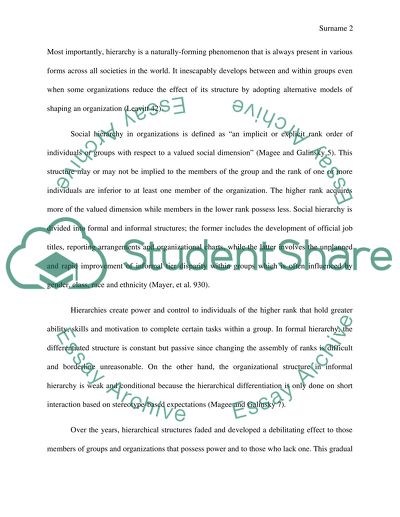Cite this document
(“The Debilitating Effect of Hierarchical Structures on Those With and Essay”, n.d.)
Retrieved from https://studentshare.org/english/1459085-a-close-reading-of-william-carlos-williamyies
Retrieved from https://studentshare.org/english/1459085-a-close-reading-of-william-carlos-williamyies
(The Debilitating Effect of Hierarchical Structures on Those With and Essay)
https://studentshare.org/english/1459085-a-close-reading-of-william-carlos-williamyies.
https://studentshare.org/english/1459085-a-close-reading-of-william-carlos-williamyies.
“The Debilitating Effect of Hierarchical Structures on Those With and Essay”, n.d. https://studentshare.org/english/1459085-a-close-reading-of-william-carlos-williamyies.


